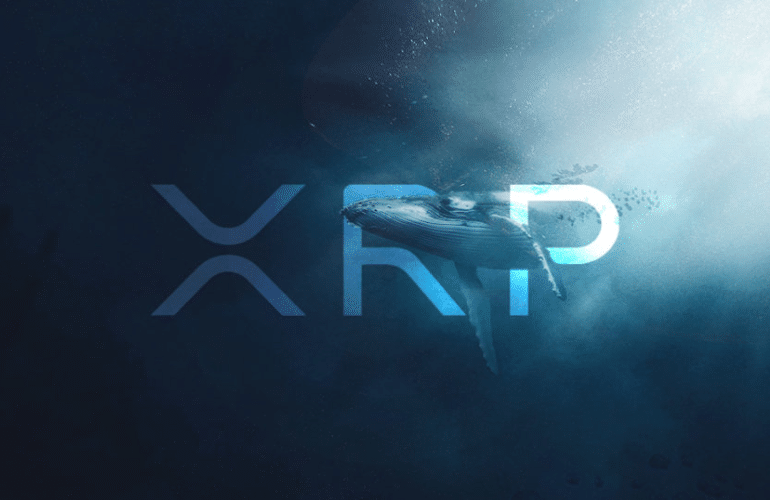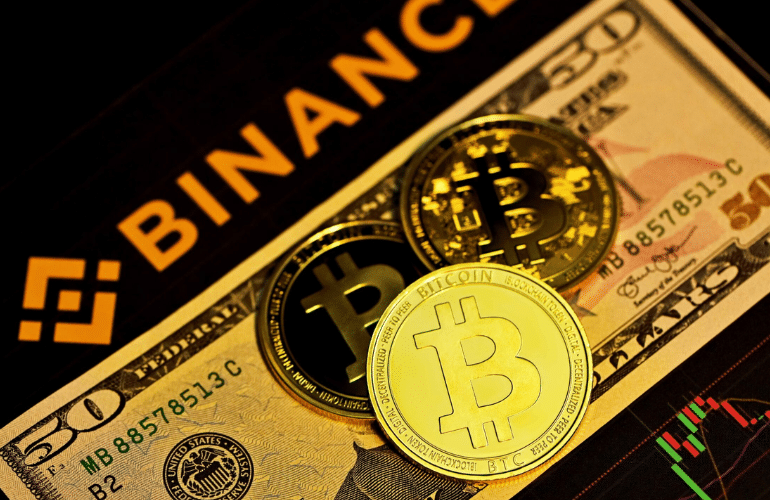Institutional Bitcoin Adoption Accelerates
Robbie Mitchnick, who leads digital assets at BlackRock, recently shared some interesting insights about how the world’s largest asset manager views Bitcoin. He spoke with Natalie Brunell about the company’s approach to cryptocurrency, and I think his comments reveal quite a bit about where institutional money is heading.
What struck me most was his observation about the changing investor base for their Bitcoin ETF. Initially, about 80% of the money flowing into IBIT came from individual investors. But that’s shifted now to a roughly 50-50 split between retail and institutions. That’s a significant change in just a few months.
The Digital Gold Thesis
Mitchnick explained Bitcoin’s investment case through what he calls “monetary devaluation.” He pointed to growing US fiscal deficits and global money-printing policies as factors pushing investors toward alternatives. His perspective is that throughout thousands of years of monetary history, only two or three alternatives have achieved global adoption: gold, and now Bitcoin.
“Bitcoin is newer and more volatile than gold,” he acknowledged, “but it stands out in the digital world as an asset that knows no borders, is easy to transfer, and is in scarce supply.” That last part about scarcity seems particularly relevant given current economic conditions.
Portfolio Positioning and Generational Shifts
BlackRock’s approach to Bitcoin allocation is quite measured. They’re including it at 1% to 2% in model portfolios, which feels conservative but perhaps appropriate given the asset’s volatility. Mitchnick emphasized that Bitcoin’s correlation with traditional stocks is actually low over the long term, which challenges the common perception of it as purely a “risky asset.”
He sees it more as a diversification tool that operates outside traditional financial system risks. That framing makes sense when you consider how different Bitcoin’s underlying mechanics are from conventional investments.
Another interesting point was about generational preferences. Mitchnick noted that younger investors—Gen Z and Millennials—clearly prefer Bitcoin over gold. He doesn’t see them as competing assets but rather serving similar “store of value” roles in different contexts.
Leadership Evolution
The conversation also touched on BlackRock CEO Larry Fink’s transformation from Bitcoin skeptic to advocate. Mitchnick seemed to respect Fink’s willingness to change his mind when presented with new information. “Rather than making a decision in 2017 and then clinging to it even if the facts change,” he commented, “keeping an open mind and changing your mind based on new data is a sign of leadership.”
That’s a refreshing perspective in an industry where people often dig in on their positions regardless of evidence.
Looking at gold’s $26 trillion market capitalization, Mitchnick suggested Bitcoin has substantial room to grow by capturing even a small portion of that market. The numbers certainly support that possibility, though the path there will likely be anything but smooth.
What’s clear from this interview is that institutional adoption of Bitcoin is progressing faster than many expected, and the narrative around its role in portfolios is becoming more sophisticated. The conversation has moved beyond whether Bitcoin has value to how it fits into broader investment strategies.
![]()



